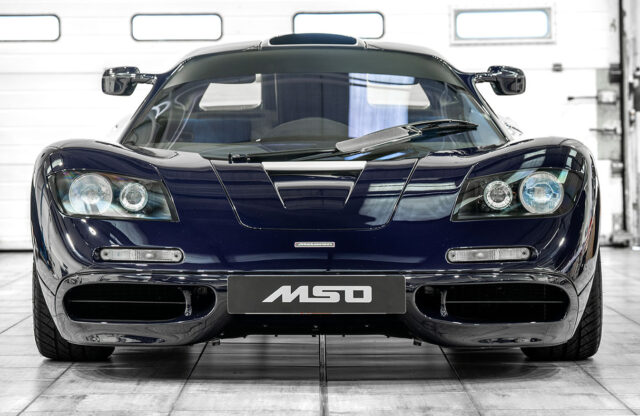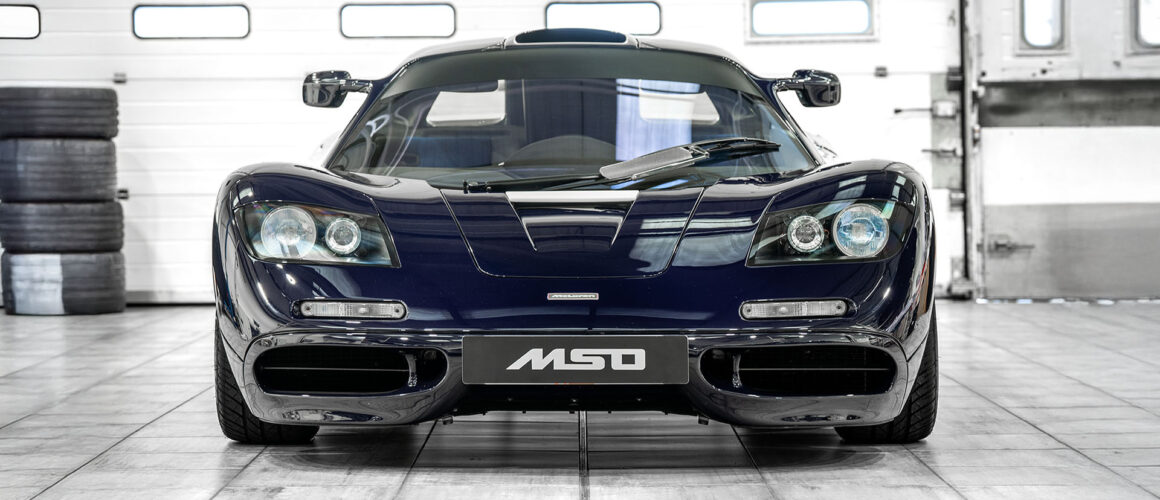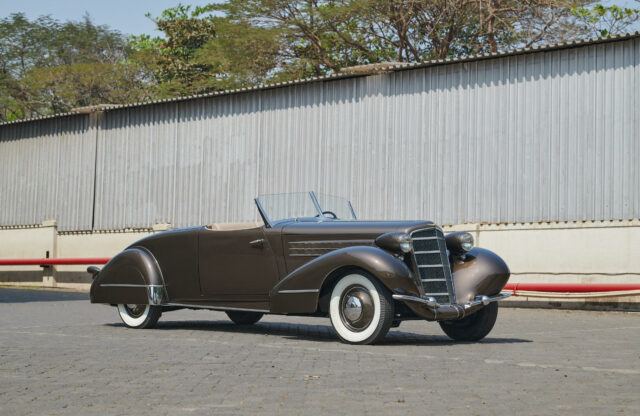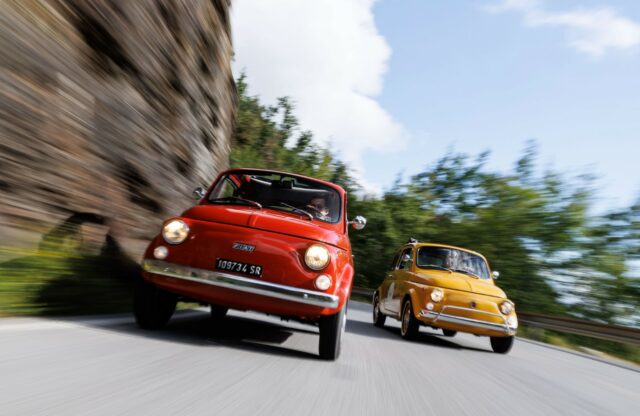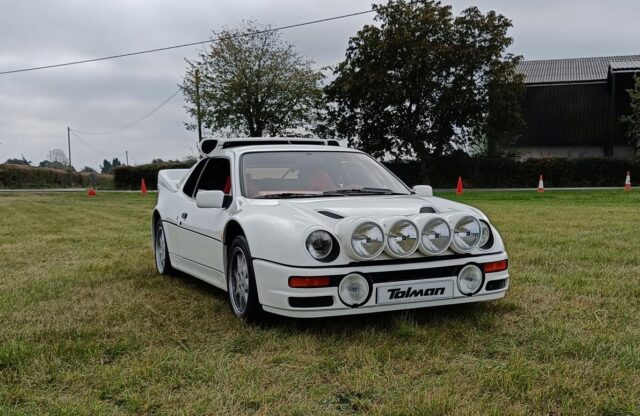In a neat but unassuming business park in Woking, Surrey, just a few minutes’ drive from McLaren’s rather more grand Technology Centre (MTC), you may spot an MSO sign on one of the units as you drive by. McLaren Special Operations (MSO) was born out of the company’s customer-care division originally established for the F1 road car. These days, it’s a two-division business comprising Bespoke, which facilitates McLaren’s exclusive in-house personalisation programme, and Heritage, heartland of the F1.
I’m met at the heavily tinted glass front door by MSO Heritage manager Michael Wrigley. Heading upstairs, I catch sight of an F1 in signature Magnesium Silver through a window in the workshop below – no matter how many of these Murray miracles you’ve seen, the visual input fires your desire neurons like it’s the first time all over again. After a brief discussion involving both classic and not-so-classic Renaults, Michael gets into his McLaren stride.
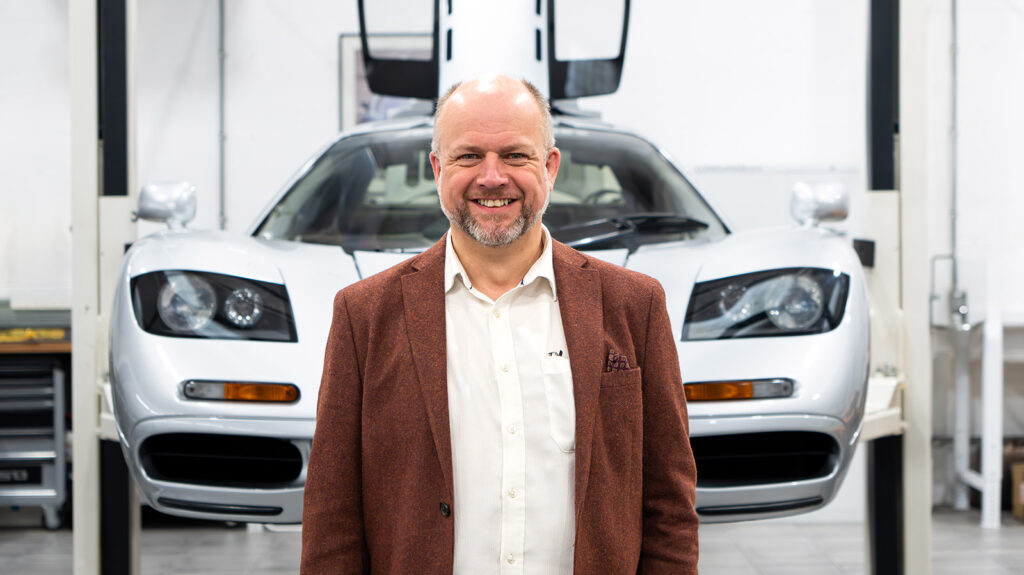
“We have looked after our F1 customers since the 1990s,” he says. “This used to be mostly for routine servicing, but these days the cars will come in for refurbishment, recommissioning and restoration as well. We’re also beginning to do more and more restoration and bespoke enhancements on models such as the P1 and several other older models. The business has grown considerably since its inception: on the Bespoke side of things we have a dedicated team working on creating custom versions of our modern product range including the 750S, Artura and GT.”
With the remaining 100 F1 road cars scattered across the globe, usage patterns and storage facilities must surely differ greatly between every car that comes in? MSO’s meticulous process manages all the variables. “Our first step is always to thoroughly understand the car and its condition,” says Michael. “This starts with a safety check that asks questions such as: Does it leak fuel from old bag tanks? How old are the tyres? It culminates in a full shakedown test and analysis at a private circuit.
“This allows us to present the customer with a transparent programme of the repairs we think need to be done, as well as things we’d recommend – always in line with their expectations and wishes, of course. It’s about building a relationship that allows us to understand where the customer sees the value in their car. Is it as an investment piece that will mostly be on static display, or do they want to drive it? Either way, they will likely want to be able to show that it has had the maintenance, care and love that it deserves – which is, of course, in our interest as well.”
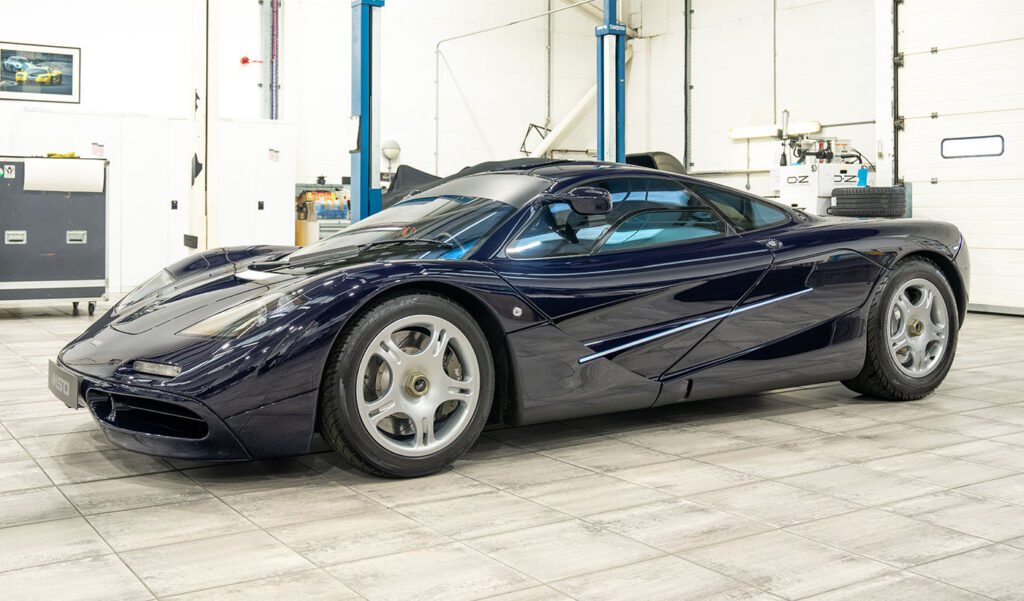
Given the steep rise in F1 values, MSO’s development of an authenticity-assurance programme – called F1 Certified – was a no-brainer. Launched back in 2018, what has the uptake been like? “Our certification programme is really coming of age now,” says Michael. “We have a number of cars booked in this year for certification. Again, it starts with a thorough inspection. Is it still as it left the factory? If not, how can we bring it up to standard? That might not necessarily include colour and trim, but items that might have been materially affected. We will then go through our history and produce all the documentation that goes with it to complete the certification.”
We’re huge fans of carmaker archives. It’s always a treat seeing appropriate heritage retained. Studying a small-scale wood or clay wind-tunnel model really relays the countless hours that go into developing a new car from scratch. As you’d expect, every step of the F1’s design and engineering process was meticulously documented – it’s all here.
In fact, MSO’s neatly curated collection of historical documents is as comprehensive as any we’ve seen, with each chassis’ story thoroughly detailed. Michael continues: “We have a complete archive of the cars, including all the build manuals, allowing us to do anything from a very simple service to an entire rebuild following an accident. We also have a lot of stock of various body panels and other parts. We do sometimes need to retool, because many were originally made with limited build numbers in mind. But, with more than 20,000 drawings in the archive we also have the drawings to remake them. So, while we’re not saying we have every single part in stock, we certainly have the ability to make every single part if need be.”

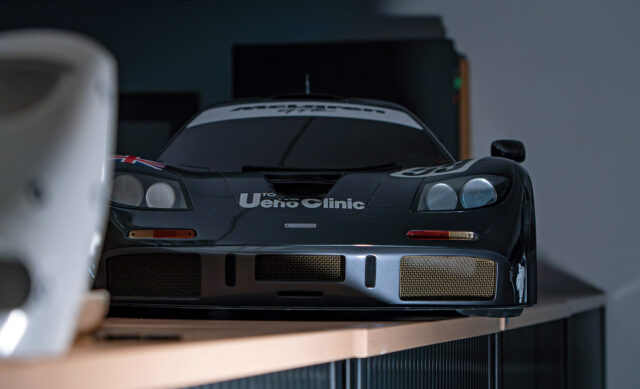
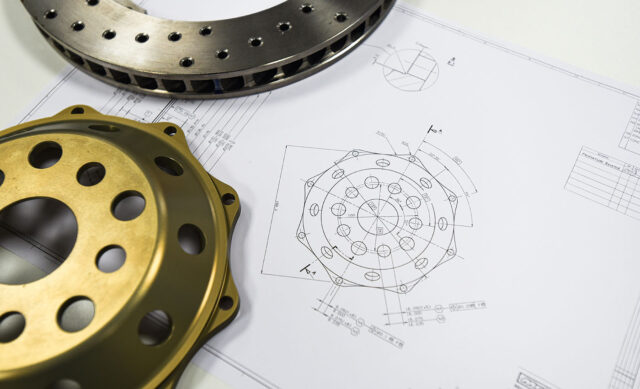
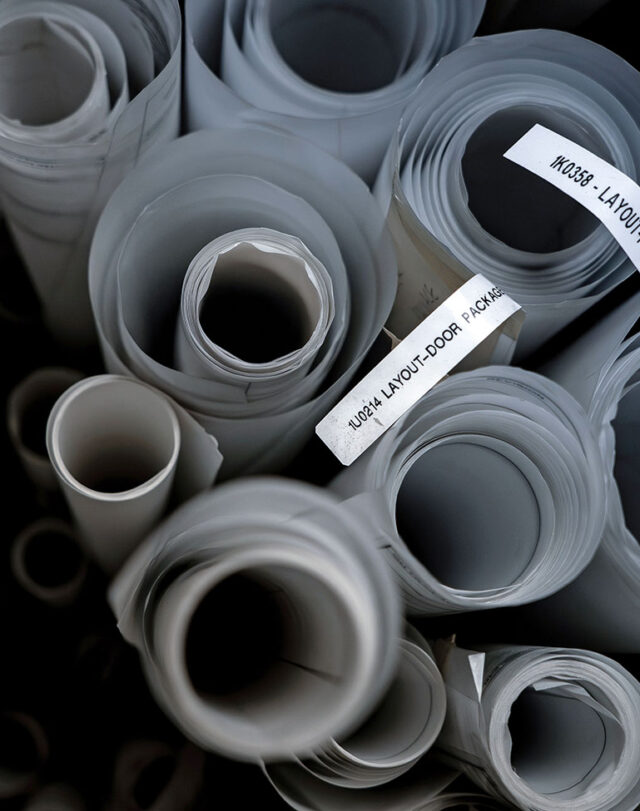
Due to significant innovations over the years, Michael says the team at MSO has also begun redeveloping items. “F1s were originally built with bag fuel tanks, which needed to be replaced every five years. But with more aggressive modern fuels, that time has reduced. To tackle this, we have developed aluminium fuel tanks, which present a much more durable solution – especially for cars that are being parked for long periods of time. We’ve also had to develop new brake discs because we could no longer use the original compound, and have developed tyres that meet modern specifications when they’re remanufactured.
“When the cars were first built, they were designed to be used,” says Michael. “They were expensive, but they weren’t at the level they are at now. As they increase in value and people use them in different ways – or don’t use them at all – they have different requirements. So, we have to keep up with that. And I’m sure in the future we’ll find other things that need to be developed.”
‘Custodians of the F1’ isn’t a tag MSO takes lightly; remember those reports of McLaren buying old laptops off eBay? Michael says: “That’s a great example of how we have worked to ensure that our services develop and change alongside the requirements of the cars. We had to ensure that we maintained both old and modern electronics to allow us to keep talking to the cars and keep them talking to us. We still have the original Compaq laptops, and we go to great pains to keep them running. We don’t have to use them much, but they’re there when we need to refer back to them.”
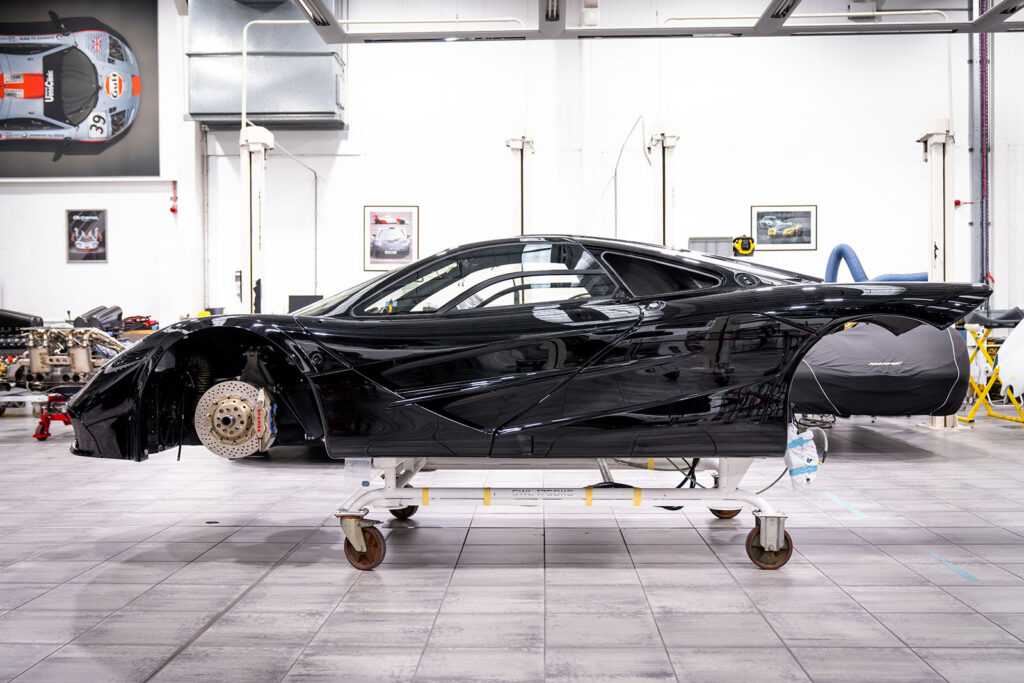
With that, we move on down into the workshop, where a couple of F1s in various states of undress await. After several minutes staring at the startlingly flat floors of two cars up on lifts, I’m introduced to senior F1 technician Pani Tsouris. He’s been with McLaren for 22 years, has worked exclusively on F1s for the past 19 and has driven “more than 70” of the iconic machines. There can’t be many who can say that.
Sadly, fans of the F1 won’t be able to hang out in Woking hoping to spot Pani popping out for another shakedown through the town. There are two reasons for that, reveals Michael: “Firstly, most of the cars are not UK registered – but even if they were, they’re just too valuable. So no, they get shipped to a private track, driven and then shipped back.”
With F1 values beginning at around $20m, there’s no chance now of a McLaren being written off by an insurance company, no matter how badly damaged. “We can always rebuild it, because we can start from scratch,” Michael assures us. “And you’re really going to struggle to spend anywhere near that much building one.”
Out the back door and across the park is MSO Bespoke’s colour-application unit (not its official name), where the finest custom-motorcycle-rivalling paint jobs are applied – sometimes using proprietary wash techniques – to the body panels of McLaren’s recent crop of megacars. It’s still early in the New Year, so the crew are sprucing up the building rather than hand-painting Ayrton’s face onto the side of a Senna in masterful dot-matrix style – that’s one the MSO paint whisperers did earlier.
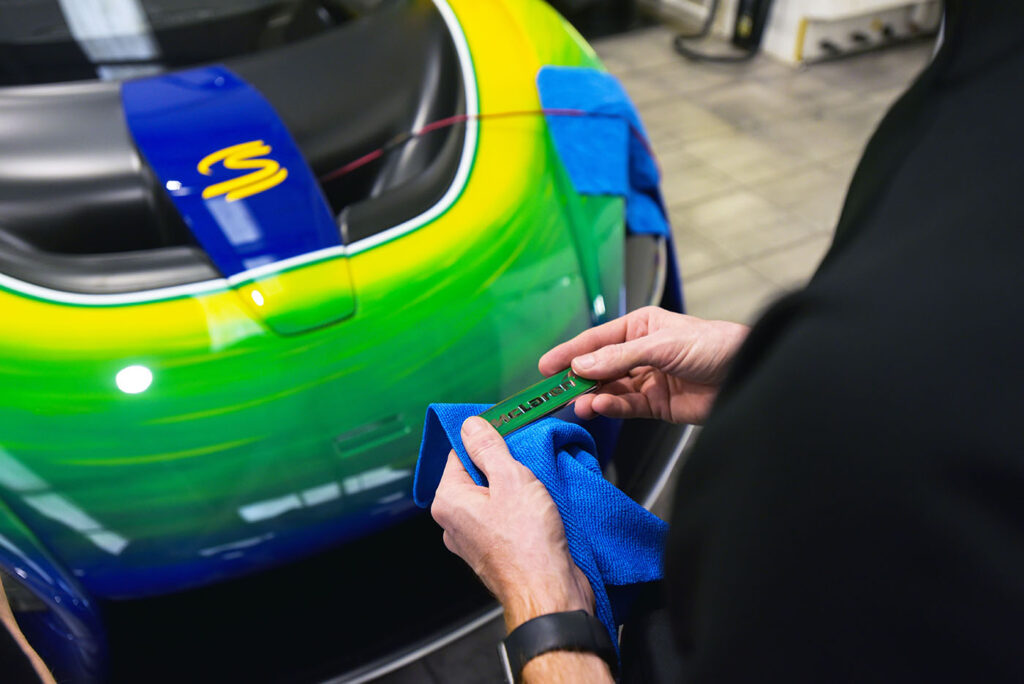
Asked whether current F1 owners are opting more for originality over personalisation, Michael says that while the trend is back towards originality, there are still customers who’re keen to make their F1 their own. “Colour and trim is the most frequently changed thing. We’ve seen the same car come in for changes two or three times over the years, but then we’re also taking them back to their original factory colour scheme. From a mechanical point of view, though, there’s not many changes going on now. If there are, they’re very much period changes.”
As for some of the other older models, McLaren Special Operations is beginning to see some work on the P1. “Some customers want to modify them,” says Michael. “With the SLR, too, it’s all about modification. People aren’t restoring SLRs to standard; the market trend is towards enhancements and bespoke finishes.”
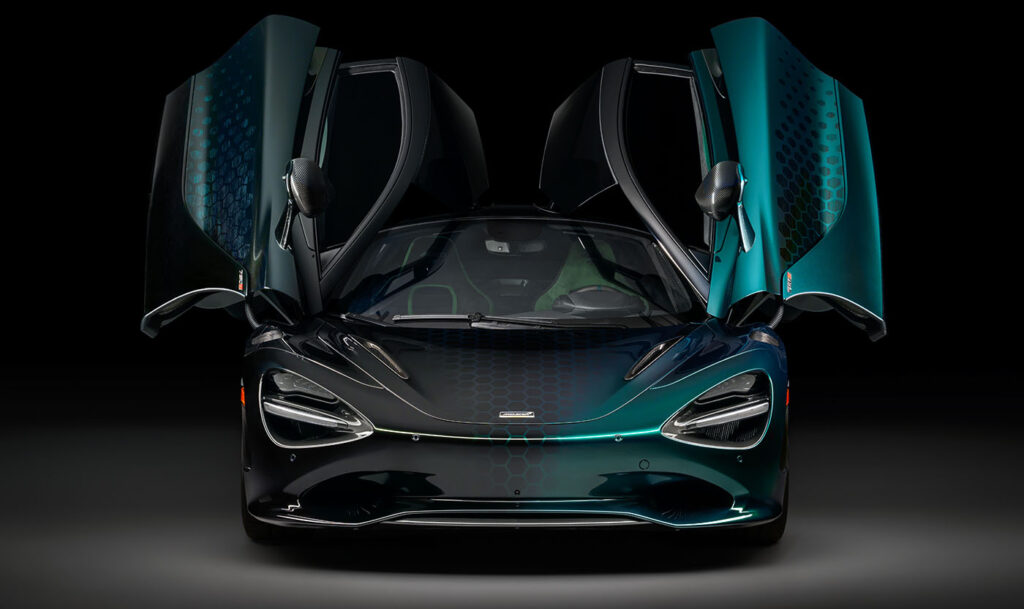
McLaren’s road-car back catalogue – which was only the F1 for more than a decade – has expanded dramatically in recent years. The relative flurry of new models has been good for MSO Bespoke. Michael expects that a lot of W1s will come through MSO due to customer specification complexity – “although not through Heritage for five or ten years at least”.
Unlike many of its direct rivals, McLaren doesn’t have a fixed policy on when a model is given heritage status. [Lamborghini’s Polo Storico will only add the Gallardo when it is closer to 30 years old]. “We’re a young company; I wouldn’t have a job,” says Michael, grinning. “No, broadly speaking, it’s driven by the market in terms of where the car is in its depreciation and appreciation trajectory. So Speedtail, for example, is just really coming into it. If an owner brings one into Heritage, it won’t be for restoration, of course, but it’s probably to retrim, or to repaint it; to make it their Speedtail in the same way as the original owner would have done off the line.”
Inevitably, the conversation returns to the F1 and its cult status, something the car seems to have had right from the start. Michael agrees, adding: “It never really experienced that initial depreciation in the way that a lot of cars do.
“We’re incredibly proud of our F1 road-car heritage and the heights it’s reached. Back in the 1990s it was about producing that absolutely pure vehicle, the greatest car ever made.The fact they didn’t sell quite as quickly as McLaren thought almost wasn’t the point. The point was that they built it. And now we get to take care of them, which is a great honour and one that constantly reminds us of Ron Dennis’ original vision: To build the finest sports car the world has ever seen, but also one of the finest sports cars the world was ever going to see.”
More on McLaren MSO here.
